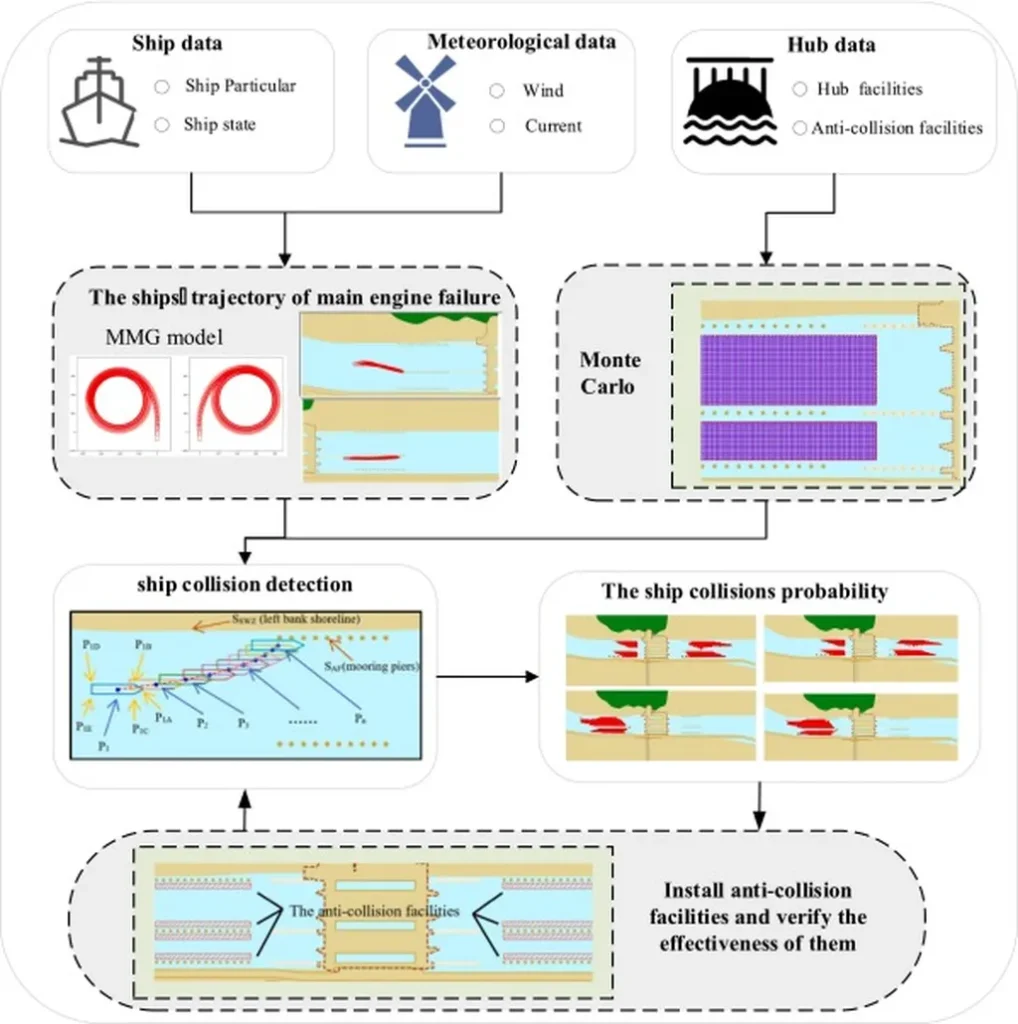In the world of hydraulic engineering, the choice of probability distribution functions can mean the difference between a robust design and a costly miscalculation. A recent study published in *Anales de Edificación* (Annals of Construction) by Raúl Montes-Pajuelo of the University of Huelva sheds light on this critical decision, comparing two widely used functions: Log-Gumbel and Log-Pearson III. The findings could reshape how engineers approach hydraulic designs, particularly in urban areas where precision and safety are paramount.
Hydrometeorological models are the backbone of hydraulic design, helping engineers predict extreme rainfall events and design infrastructure that can withstand them. The choice of probability distribution function is crucial, as it directly impacts the accuracy of these predictions. Montes-Pajuelo’s study, which analyzed data from the Almodóvar reservoir in Cádiz, provides valuable insights into the strengths and weaknesses of two popular functions.
Log-Gumbel, a variation of the Gumbel distribution, emerged as a safer choice for long return periods (T). “Log-Gumbel yields higher estimates for extreme events, which can be crucial for safety-critical designs,” Montes-Pajuelo explained. However, this function is also highly sensitive to data changes, making it less reliable when data is limited or variable—a common scenario in hydraulic works.
On the other hand, Log-Pearson III, a widely used function, proved to be more stable and consistent despite data variability. “Log-Pearson III offers a more reliable estimate when data is limited or variable, making it a preferred choice for many hydraulic designs,” Montes-Pajuelo noted. This stability is a significant advantage, particularly in urban areas where data can be inconsistent.
The study’s findings have significant implications for the energy sector, particularly for companies involved in hydraulic works and urban drainage. The choice between Log-Gumbel and Log-Pearson III can impact the cost, safety, and efficiency of hydraulic designs. For instance, in urban drainage systems where safety is prioritized, Log-Gumbel’s conservative estimates for high T values could be beneficial. However, for designs with limited or variable data, Log-Pearson III’s stability and consistency make it the preferred choice.
As the energy sector continues to evolve, the need for accurate and reliable hydrometeorological models will only grow. Montes-Pajuelo’s research provides a valuable tool for engineers, helping them make informed decisions about the probability distribution functions they use. This, in turn, can lead to more robust and efficient hydraulic designs, benefiting both the energy sector and the communities it serves.
The study, published in *Anales de Edificación*, is a testament to the ongoing efforts to improve the accuracy and reliability of hydrometeorological models. As Montes-Pajuelo’s research shows, even small changes in the choice of probability distribution functions can have significant impacts on hydraulic designs. By understanding these impacts, engineers can make more informed decisions, leading to safer and more efficient infrastructure.
In the ever-evolving field of hydraulic engineering, Montes-Pajuelo’s research serves as a reminder of the importance of continuous learning and adaptation. As new data becomes available and new challenges emerge, engineers must be ready to adapt their methods and tools. By doing so, they can ensure that their designs are not only efficient and cost-effective but also safe and reliable.

